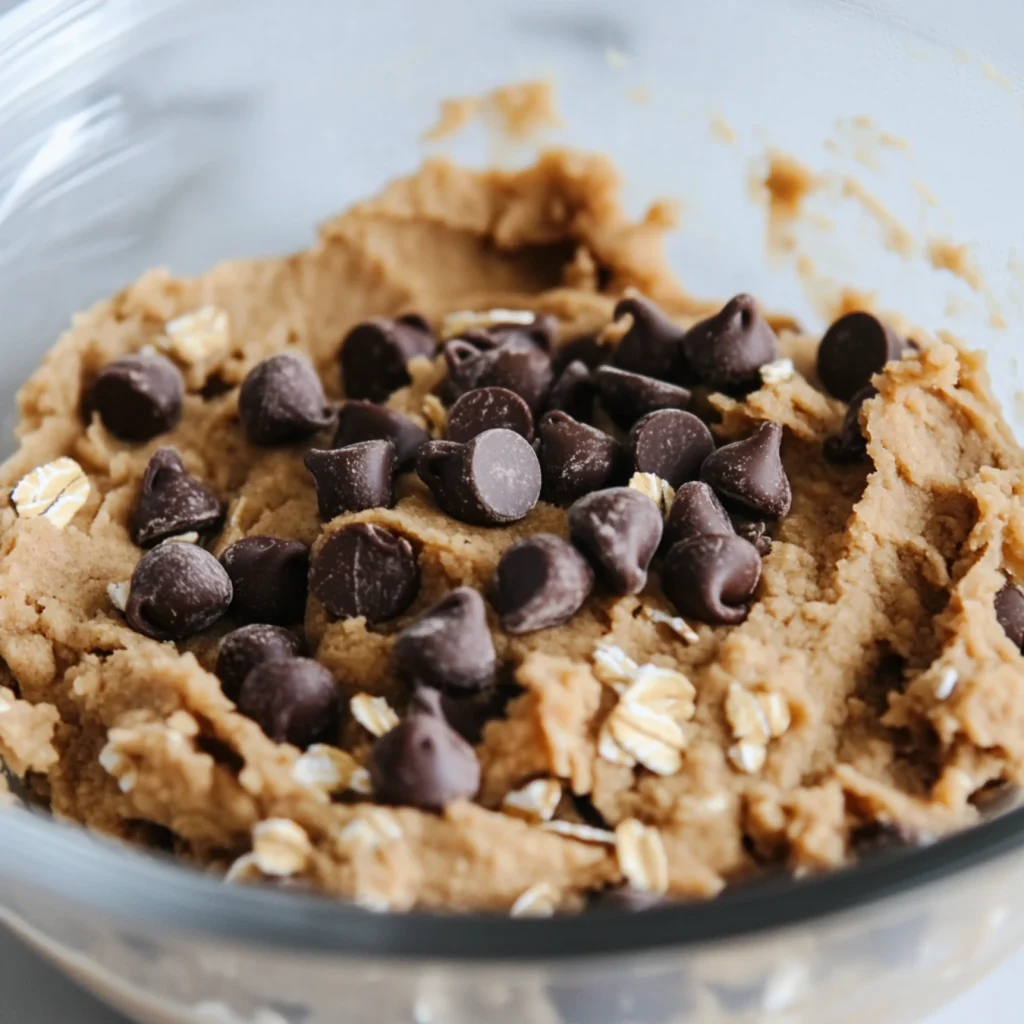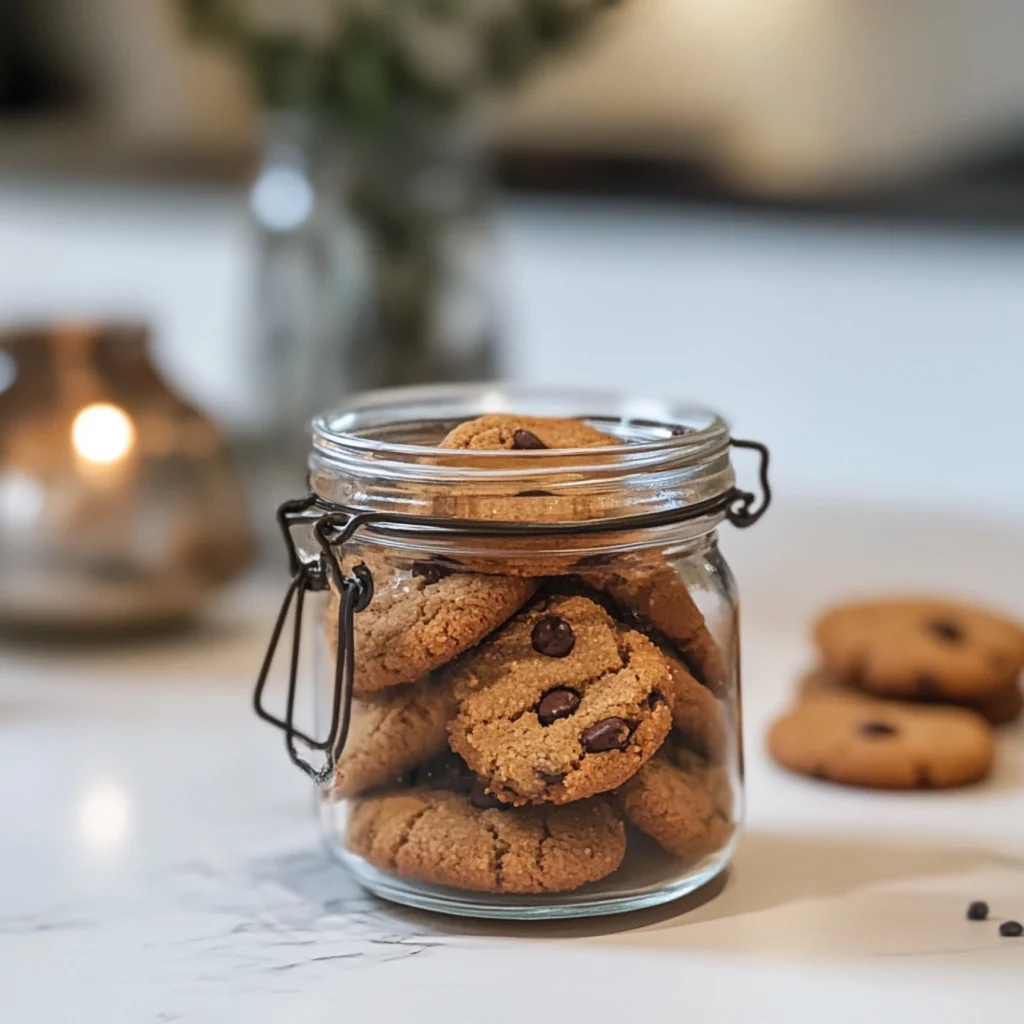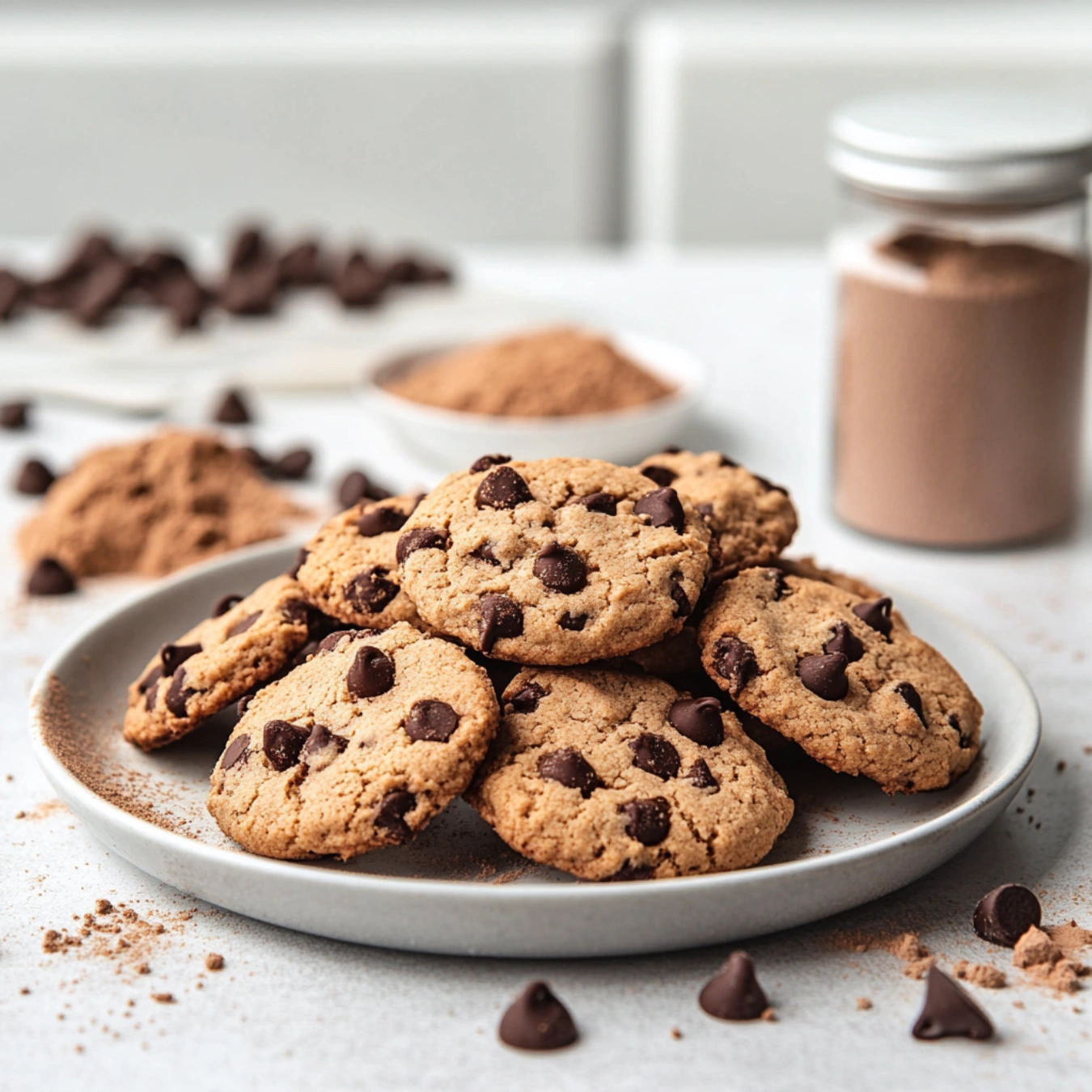Protein Cookie Recipe are a classic dessert, but unusual cookie recipes have a certain charm. They allow you to surprise your taste buds, experiment with bold flavors, and break tradition. These recipes redefine what a cookie can be, from savory-sweet combinations with miso to lavender-infused biscuits. This guide explores the art of baking distinctive cookies, offers tips to perfect your creations, and answers common baking questions. Whether you’re a professional baker or just starting, this guide will inspire you to think outside the box.
Table of Contents
Why Try Unique Cookie Recipes?
The Joy of Creative Cookie Baking
If traditional chocolate chip cookies have lost their appeal, unique cookie recipes offer a chance to explore new flavors, textures, and techniques. Ever tried a matcha cookie with white chocolate? Or a churro-inspired cookie? These unexpected combinations make baking more exciting and rewarding.
Additionally, creative cookies are a great way to impress family and friends. Whether it’s for a holiday party, birthday, or casual weekend treat, offering something unconventional sparks curiosity and guarantees compliments.
The Rise of Unique Cookies on Social Media
Social media platforms like Instagram and TikTok have turned gourmet cookies into a trend. From bright Funfetti cookies to lavender-infused shortbreads, unique cookie recipes are taking over the baking world. In this guide, we’ll cover everything you need to create eye-catching and delicious cookies at home.
Essential Ingredients and Tools for Creative Cookies
Must-Have Ingredients for Specialty Cookies
While classic butter, sugar, and flour are cookie staples, unusual ingredients can take your cookies to the next level:
- Matcha Powder : Adds an earthy taste and vibrant green hue.
- Lavender Blossoms : Infuses a floral, fragrant twist (great for shortbreads).
- Miso Paste : Balances sweetness with a savory, umami depth.
- Dried Fruits : Experiment with figs, cherries, or candied ginger for bold flavors.
- Alternative Flours : Almond flour adds a nutty undertone, while coconut sugar brings caramel notes.
Tools to Elevate Your Cookie Game
The right equipment can turn a good cookie into a show-stopping delight:
- Specialty Cookie Cutters : Create visually stunning shapes.
- Piping Bags : Perfect for intricate decorations or sandwich cookies.
- Silicone Baking Mats : Ensure even baking and prevent sticking.
- Edible Glitter & Food Colors : Make your cookies Instagram-worthy.
👉 The complete ingredient list with measurements is in the recipe card below!
If you’re looking for more ideas to personalize your cookies, check out the Healthy Baking Recipes guide for inspiration.
Five Unique Cookie Recipes to Try
1. Matcha White Chocolate Cookies
These cookies blend creamy white chocolate with earthy matcha. Mix matcha powder into your dry ingredients, fold in white chocolate chunks, and bake until the edges turn golden. Aesthetic and delicious!
2. Brown Butter Miso Chocolate Chip Cookies
Browned butter’s nutty depth pairs perfectly with savory miso. Cream the butter and miso, then add to the cookie dough. Toss in semi-sweet chocolate chips, bake until gooey, and enjoy a perfect sweet-savory contrast.
3. Lemon Lavender Shortbread Cookies
A delicate mix of zesty lemon and fragrant lavender creates an unforgettable cookie. Infuse sugar with lavender before mixing it into the dough for even flavor distribution. Dust with powdered sugar for an elegant touch.
4. Churro-Inspired Cinnamon Sugar Cookies
These soft cookies mimic churros! Coat freshly baked cookies in a cinnamon-sugar mix and serve with a chocolate dipping sauce for an elevated treat.
5. Birthday Cake Funfetti Cookies
Bring color and joy with these sprinkle-filled delights! With rich buttercream filling and vibrant sprinkles, these cookies are perfect for celebrations.
Pro Tips for Perfect Cookies
How to Achieve the Perfect Chewy Texture
The texture is just as important as flavor! Follow these tips for soft, chewy cookies:
- Use More Brown Sugar : Brown sugar adds richness and moisture.
- Chill the Dough : Refrigerate for at least an hour to prevent spreading.
- Slightly Underbake : Remove when centers are soft; they’ll firm up as they cool.
- Add Cornstarch : A teaspoon or two will make cookies extra soft.
Techniques to Enhance Flavor and Texture
Take your cookies to the next level with these techniques:
- Toast Your Ingredients : Toasting nuts, oats, or even flour enhances their flavor.
- Add Flaky Sea Salt : A sprinkle of salt contrasts beautifully with sweetness.
- Swirl Caramel or Nutella : Mix into the dough for sweet bursts.
- Experiment with Texture : Combine chewy dried fruit with crunchy nuts.
How to Customize Cookie Recipes
Dietary Substitutions
Customizing cookies for dietary needs is easy:
- Gluten-Free : Use gluten-free flour blends or almond flour.
- Dairy-Free : Swap butter for coconut oil or vegan butter.
- Egg-Free : Use flaxseed or chia seed gel.
- Natural Sweeteners : Replace sugar with monk fruit, honey, or maple syrup.
Adding a Personal Touch
Make cookies your own by adding signature flavors or seasonal ingredients:
- Festive Spices : Try pumpkin spice or peppermint extract.
- Local Ingredients : Use honey from a local farm or seasonal fruits.
- Decorative Touches : Add edible glitter, colored icing, or personalized messages.

If you enjoy experimenting with your recipes, check out the Unique Cookie Recipes collection for more creative ideas.
Sharing Special Cookie Recipes
Why Sharing Cookies Brings People Together
Baking is more than just food it’s an experience. Unique cookie recipes create conversation and lasting memories. Whether it’s matcha white chocolate cookies for a friend or churro-inspired treats for a gathering, these recipes bring joy and connection.
Hosting a Cookie Swap Party
Want to share and discover new recipes? Host a cookie swap!
- Invite friends to bring their best cookies.
- Set up a sampling table.
- Exchange recipes for future baking adventures!

Frequently Asked Cookie Questions
What’s the Most Popular Cookie in the World?
While chocolate chip cookies reign supreme, unique flavors like matcha white chocolate and brown butter miso are gaining popularity!
What Are Snoop Dogg’s Famous Cookies?
Snoop Dogg’s cookbook From Crook to Cook features “Rollin’ Oatmeal Chocolate Chip Cookies”, packed with hearty oats and rich chocolate chips.
How Do You Keep Cookies Soft?
- Brown sugar and cornstarch maintain moisture.
- Store in an airtight container with a slice of bread to prevent drying.
What Are the Top 10 Cookies in the U.S.?
The classics include chocolate chip, oatmeal raisin, snickerdoodle, and peanut butter cookies. But Funfetti and lemon shortbread are rising stars!
Final Thoughts: Get Creative with Your Baking!
The Joy of Baking Unique Cookies
Experimenting with unique cookie recipes is about fun, creativity, and flavor exploration. Whether making visually stunning Funfetti cookies or trying bold ingredients like matcha, these recipes let you express your creativity.
Try Something New!
Baking is an adventure. Start with a recipe here, or create your own signature cookie. Share with loved ones and enjoy the magic of baking! 🍪✨

Mama Kelce’s Protein-Packed Cookies
Equipment
- Mixing Bowls
- Whisk
- Baking sheet
- Parchment Paper
- Cookie Scoop or Spoon
- Wire rack
Ingredients
- 1 ½ cups old-fashioned oats
- 1 cup almond flour
- ½ cup vanilla protein powder
- ½ teaspoon baking soda
- ½ teaspoon cinnamon
- ¼ teaspoon salt
- ½ cup unsalted peanut butter or almond butter
- ⅓ cup honey or maple syrup
- 1 teaspoon vanilla extract
- 2 large eggs
- ⅓ cup coconut oil melted
- ½ cup dark chocolate chips
- ¼ cup chopped almonds or walnuts, optional
Instructions
- Preheat oven to 350°F (175°C) and line a baking sheet with parchment paper.
- In a medium bowl, whisk together oats, almond flour, protein powder, baking soda, cinnamon, and salt. Set aside.
- In a separate large bowl, mix peanut butter, honey (or maple syrup), vanilla extract, eggs, and melted coconut oil until smooth.
- Gradually add the dry ingredients to the wet ingredients, stirring until fully combined.
- Fold in dark chocolate chips and chopped nuts if using.
- Scoop dough onto the baking sheet using a tablespoon, spacing them about 2 inches apart.
- Bake for 10-12 minutes or until edges are golden brown.
- Let cookies cool on the baking sheet for 5 minutes before transferring them to a wire rack to cool completely.

